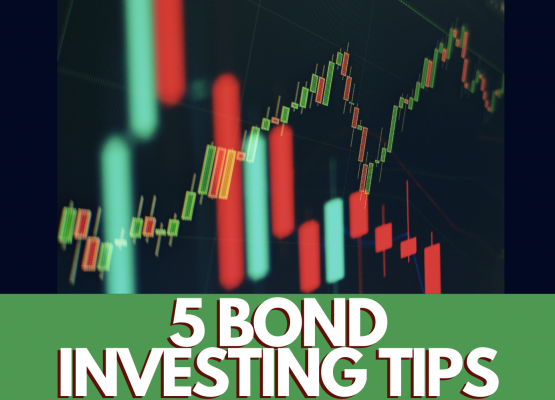Many individuals strive to attain financial security through various investment avenues, including stocks, bonds, real estate, and even startup businesses. However, the path to successful investing is often littered with potential pitfalls and missteps. This article will highlight ten common investing mistakes and provide strategies to help you avoid them.
- Not Having a Clear Investment Goal
The first common mistake is not having a clear investment goal. Whether you’re saving for retirement, a new home, or your child’s college education, having a specific goal can guide your investment decisions and give you a yardstick by which to measure your progress.
Avoidance Tip: Start with defining your investment goals, be it short-term or long-term. Your goals will dictate your investment strategy, including risk tolerance, asset allocation, and the investment horizon.
- Not Diversifying
“Never put all your eggs in one basket,” is a common saying that holds true in investing. Concentrating all your money in one asset class or one stock can lead to significant losses if it doesn’t perform as expected.
Avoidance Tip: Diversify your investments across different asset classes and within different sectors. This spreads the risk and can lead to more stable returns over the long term.
- Not Understanding the Investment
Investing in something you don’t understand can be a recipe for disaster. Too often, people are lured by the prospect of high returns without fully understanding the risks involved.
Avoidance Tip: Before investing, research thoroughly. Understand the business model if it’s a stock, or understand the market dynamics if it’s real estate. If you’re investing in mutual funds or ETFs, understand the underlying assets.
- Investing Based on Emotion
Investing based on emotion, such as fear or greed, often leads to poor decisions. Many investors panic when the market falls and sell their investments at a loss, or they get caught up in the hype of a “hot stock” and buy at inflated prices.
Avoidance Tip: Stick to your investment plan and do not make hasty decisions based on market fluctuations. Consult with a financial advisor if you find it hard to control your emotions when it comes to investing.
- Trying to Time the Market
Many investors think they can predict market movements and make investment decisions based on these predictions. This is a common mistake that can lead to missed opportunities and losses.
Avoidance Tip: Instead of trying to time the market, consider a strategy known as dollar-cost averaging. This involves investing a fixed amount regularly, irrespective of the market conditions, allowing you to buy more shares when prices are low and less when prices are high.
- Not Reviewing Your Portfolio Regularly
A portfolio that is not reviewed regularly can become unbalanced and may not align with your investment goals.
Avoidance Tip: Regularly review your portfolio to ensure it aligns with your investment goals and risk tolerance. It’s advisable to rebalance your portfolio annually or after significant market fluctuations.
- Ignoring Costs
Investment costs, including broker fees, mutual fund expense ratios, and taxes, can eat into your returns over time.
Avoidance Tip: Be mindful of the costs associated with your investments. Look for low-cost index funds or ETFs, negotiate broker fees, and consider tax-efficient investment strategies.
- Relying on Past Performance
Many investors make the mistake of choosing investments based solely on past performance. However, past performance is not a reliable indicator of future results.
Avoidance Tip: While analyzing past performance can give you some insight, it’s crucial to consider other factors such as the company’s financial health, industry growth, and market trends.
- Investing Without an Emergency Fund
Investing all your savings without keeping a reserve for emergencies can force you to withdraw your investment prematurely or take on high-cost debt in case of an emergency.
Avoidance Tip: Before you start investing, build an emergency fund equivalent to 3-6 months of living expenses. This fund should be easily accessible and held in a low-risk account.
- Procrastinating
Lastly, one of the biggest mistakes in investing is not getting started early enough. The power of compound interest works best over long periods, so delaying your investment can significantly reduce potential returns.
Avoidance Tip: Start investing as early as possible. Even small amounts invested regularly can grow significantly over time due to the power of compounding.
In conclusion, by avoiding these common mistakes, you can make more informed investment decisions and increase your chances of achieving your financial goals. Remember, investing is not about getting rich quickly but about building wealth gradually over time. Happy investing!




